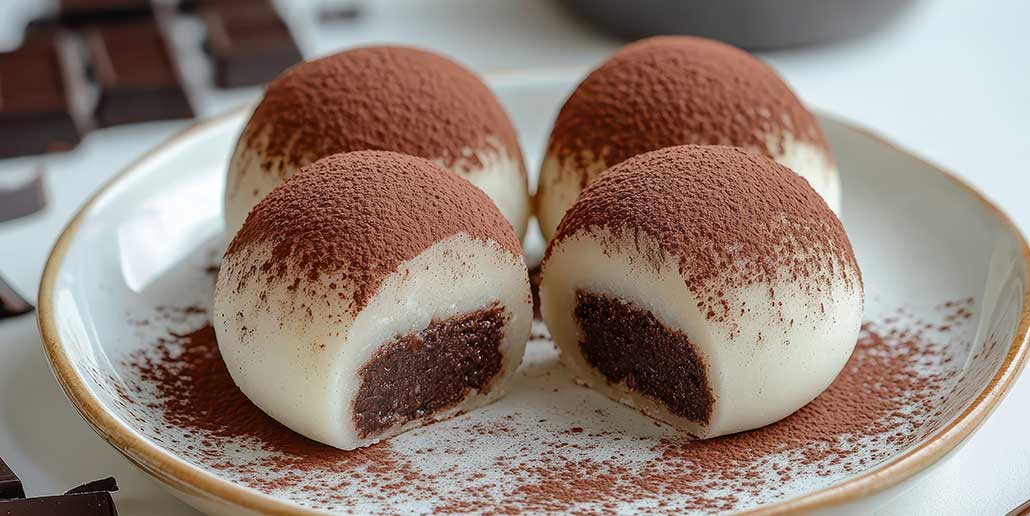
Asia’s Chocolate Revolution
When you think of chocolate, Asia might not be the first region that comes to mind. But that’s quickly changing. Although cacao cultivation and chocolate-making arrived relatively late compared to the Americas and Europe, Asia has embraced chocolate with remarkable creativity and flair.
Today, Asian chocolatiers and artisans are blending ancient culinary traditions with modern techniques, creating bold, unforgettable flavours that are reshaping global chocolate culture. Let’s explore how Asia is carving out its own exciting chapter in the world of chocolate.
Japan: Matcha, Yuzu, and the KitKat Phenomenon
No discussion of Asia’s chocolate revolution is complete without mentioning Japan. Japanese chocolate culture is a fascinating mix of precision, innovation, and seasonal obsession.
One of Japan’s most famous contributions to the global chocolate world is the KitKat phenomenon. With over 300 limited-edition flavours launched over the years — from matcha green tea and sakura cherry blossom to sweet potato and wasabi — KitKats in Japan have become collectibles and souvenirs, each region offering its own unique twist.
Beyond mass-market treats, Japan is home to a vibrant artisan chocolate scene. Chocolatiers often incorporate traditional Japanese ingredients like yuzu (a fragrant citrus fruit), kinako (roasted soybean flour), black sesame, and sake into their creations. Brands like Meiji, Royce’ Chocolate, and artisanal shops such as Minimal have elevated chocolate into an art form, focusing on minimal processing and single-origin cacao.
Japanese chocolate emphasizes balance — sweet, bitter, sour, and umami — offering a tasting experience that’s both deeply satisfying and distinctly different from Western styles.
India: The Spiced Chocolate Evolution
India, a land renowned for its spices and rich culinary history, is putting its own bold mark on chocolate.
Historically, chocolate in India was limited to sweeter, milk-heavy candies. But in recent years, India’s bean-to-bar movement has gained momentum. Local chocolatiers like Soklet, Mason & Co., and Paul And Mike are using Indian-grown cacao (primarily from Tamil Nadu and Kerala) to create sophisticated chocolates that reflect India’s vibrant flavors.
Spiced chocolate is a natural fit in Indian cuisine. You’ll find chocolate bars infused with traditional ingredients like cardamom, chai masala, turmeric, saffron, and red chili. These spices don’t overwhelm; instead, they add layers of warmth, aroma, and complexity to the cacao’s natural notes.
Indian chocolatiers are also experimenting with local fruits like kokum and nuts like cashews and almonds, offering a taste of India in every bite.
Southeast Asia’s Emerging Craft Chocolate (Vietnam, Philippines)
Southeast Asia is quickly becoming a major player in the fine chocolate world, not just as cacao growers, but as craft chocolate innovators.
Vietnam stands out as a leader. Once considered an unlikely cacao producer, Vietnam’s unique terroir and entrepreneurial spirit have turned it into a hotbed for high-quality cacao. Brands like Marou Faiseurs de Chocolat have gained international acclaim for their single-origin bars, highlighting fruity, spicy, and earthy flavour notes inherent to Vietnamese cacao.
The Philippines, with its long cacao history dating back to Spanish colonization, is also experiencing a chocolate renaissance. Auro Chocolate and Theo & Philo are creating award-winning bean-to-bar chocolates that combine native ingredients like calamansi (a tart citrus fruit), ube (purple yam), and barako coffee.
Cacao in Southeast Asia often grows under shaded canopies, resulting in beans with bright, nuanced flavours — a stark contrast to the heavier, more intense profiles of African or Latin American cacao.
Asian-Inspired Flavors in Global Markets
Asian chocolate innovations aren’t confined to local markets. Across the world, chocolatiers and pastry chefs are increasingly embracing Asian-inspired flavours .
You’ll find truffles filled with matcha ganache, bonbons infused with Thai lemongrass or Vietnamese cinnamon, and bars featuring black sesame, toasted rice, or ginger. International brands like Ladurée, Pierre Hermé, and La Maison du Chocolat have incorporated Japanese, Chinese, and Southeast Asian elements into their seasonal collections.
Even major chocolate events like the Salon du Chocolat now spotlight Asian ingredients and artisans, showcasing how Asia’s creativity is influencing the future of chocolate worldwide.
Asia’s journey with chocolate might be relatively young, but it’s already changing the landscape. By blending tradition with fearless innovation, Asian chocolatiers are not only honouring their culinary roots but also expanding what chocolate can be — subtle, bold, unexpected, and unforgettable.

